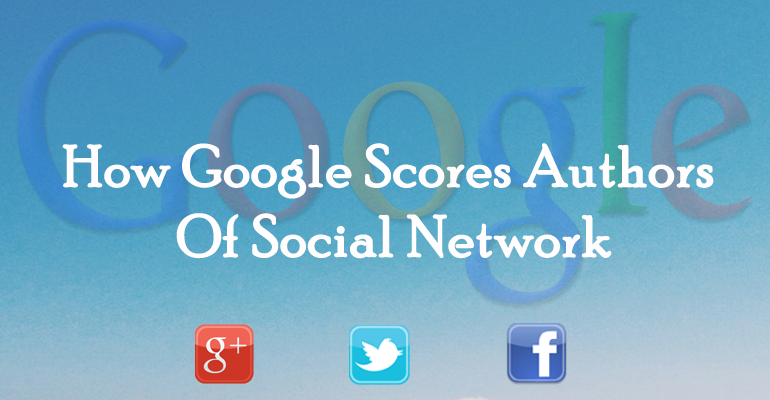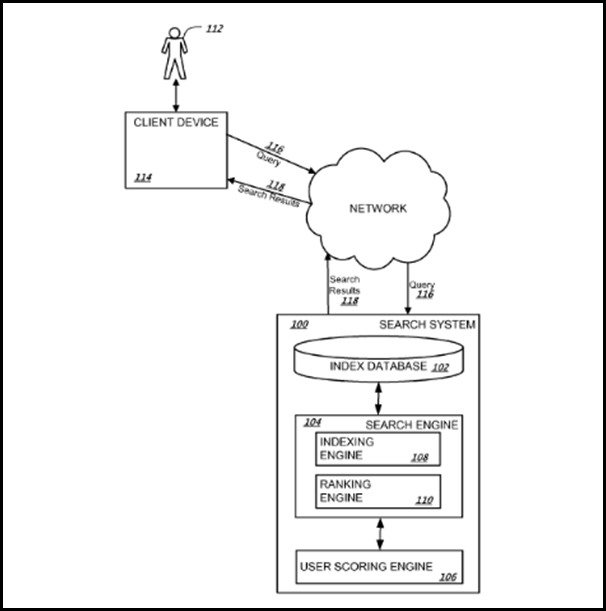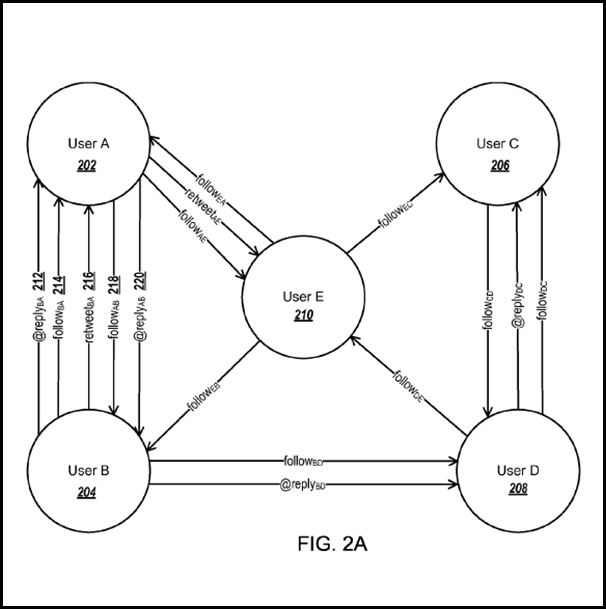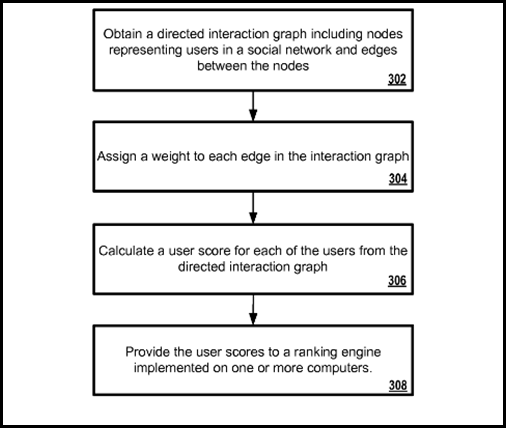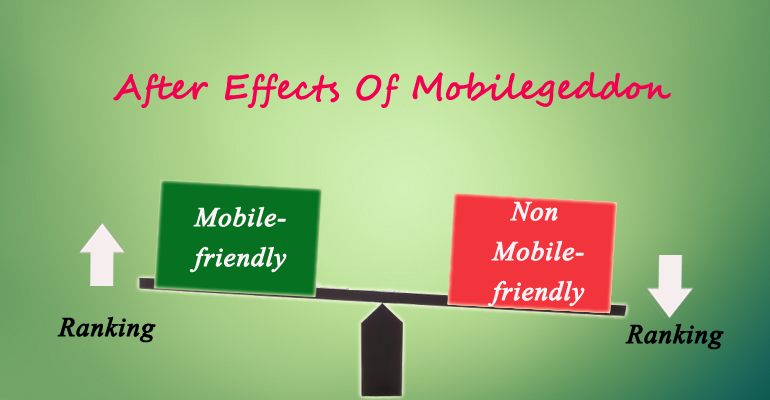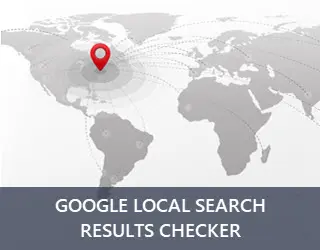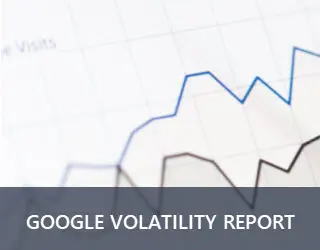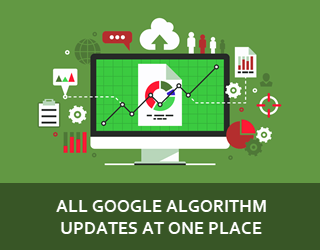How Google Scores Authors Of Social Network Content
Posted On : June 8th, 2015 By : Dillip Kumar Mohanty To : Google PatentsAccording to Search Metrics ranking factors, weightage of social signal is increasing every year. After the evolvement of Google+ in 28th June 2011 & the recent deal between Google & Twitter which would allow Google to access Twitter’s Firehose data stream; it sends a very clear signal that Google has something different in mind about social network & social signal could be a crucial ranking signal.
In 2010, Google filed an application for patent Scoring Authors Of Social network Content that describes how search engine may score authors of social network content.
As per Google,
Posts generated by users of social networks can provide useful information & insight on both on-going & past events. So a search engine can index publicly accessible posts generated by users of social networks and provide search results corresponding to the posts in response to user queries. And for it, it’s essential to assign a quality score for each user who generates posts.
This was filed on December 07th, 2010 and it was published on May 21st, 2015. The basic idea is; social content are always associated with specific users, so it is imperative to rank such content, in parts, with respect to the authority level of the user generating the content. To do this, Google is trying to introduce a scoring engine which would calculate a quality score for each user based on weightage obtained by them in a directed interaction graph. The user scores will be sent to ranking engine that will use the score, in parts, to assign ranks to posts generated by users relative to other posts generated by other users.
The overall process can be understood from the below image from their patent.
The Model
A sample of directed interaction graph may be represented by the following image as per the Google patent
The idea is to generate a directed interaction graph having nodes and directed interaction edges between nodes where,
1) Each Node represents a user in a specific social network.
2) Each directed interaction edge from one node representing a user (A) to another node representing another user (B) may represent
i) A specific interaction of A with one post by B
ii) Multiple interactions of same type of A with one or more posts by B in the network
Or
iii) All types of interactions of A with one or more posts by B in the same network
What is Interaction?
Interaction means any activity initiated by one user resulted due to some posts by another user in that social network. For example, in Twitter a retweet or reply or mention or favourite may represent an interaction. Similarly in FaceBook share, like or comment represents one interaction.
Even in the patent, subscription type interactions are given much importance. In Twitter we may consider a “follow” as a subscription. Subscriptions carry much importance than any other type of interactions. A subscription comes as an unbiased decision and can be termed as an independent vote. For example, larger follower-base in Twitter means users believe that profile is authoritative and worth to follow for useful information.
Calculating Users’ Quality Score
As per the Google patent, there are several possible ways to initialize the calculation and obtaining the final score. But the overall process may be simplified to these basic steps.
1. First each node representing a user may be assigned some initial score
2. Then a value or weight may be calculated for each directed edge
3. Final score for a user may be calculated iteratively based on above
4. The score hence obtained from scoring engine is to be sent to ranking engine
The value or weight of each directed edge may be determined from
i. Assigning a score factor to each type of interaction
ii. The number of interactions represented by that interaction edge
iii. The age of the interaction
As a directed interaction edge may either represent one or more number of interactions of same type or one or more interactions of different types or may represent a subscription like follow in Twitter, so the final value may be calculated by the weighted average basis.
Once the value of different interaction edges pointing to a particular node representing a specific user is derived, a quality score may be determined for that user taking in to consideration the values of every directed interaction edges to that user and the initial user score assigned to that user and the quality score of other users connected to that users in the directed interaction graph. Then iteratively the final quality score may be calculated.
Points To Be Remembered
Quality score of a user may depend on
- The quality score of other users in the network associated with that user
- Type of interaction as each interaction has different scoring factor. For example a retweet carry more weightage than a reply in Twitter. Similarly, share in Facebook carries more value than a like.
- number of interactions
- Age of interactions as a recent interaction may carry more weightage than an old one
What Should Be Your Social Strategy
- Always connect with valuable & influential members in a network
- Try to post unique, engaging & really helpful content so that the post should attract more interactions from other quality users
- Try to keep posting in regular basis so that your number of interactions with other users would be more
- Try to interact with other users at a quality level so that they will take interest in you and would start interacting with you
I’m not suggesting that as Google is going to apply the quality score to their ranking factors, you’ve to be more serious about your social strategy. Google never does anything unless it adds value for the users. Even you can observe the impact of social media on your market. Now you can’t simply avoid the social platforms. Whatever niche you belong to, you can find that your audience are active in at least any platforms. And that is the best place to reach them.
- Suvaance 10th Anniversary Celebration - June 8, 2022
- Video Optimization For Google Search: Everything You Need To Know - April 6, 2022
- Impact of Reviews on Ranking & How to Deal with Negative Reviews? - November 7, 2021

